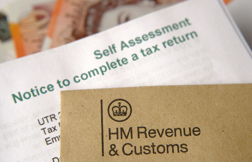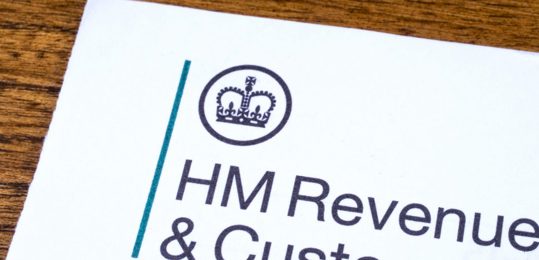This week the Government successfully passed its taxation proposals through Parliament for increased funding of the NHS to help it tackle the enormous waiting lists. Also outlined was the Government’s long-awaited solution for the reform of England’s social care system.
In what amounted to a major fiscal announcement in advance of the Autumn Statement expected in November, we heard on Tuesday that National Insurance Contributions (NICs) payable by both employees and employers and the self-employed would rise to carry the initial funding load needed for the NHS’s immediate requirements.
In what was clearly a difficult admission by the Conservative government that it had little choice but to break its election manifesto pledges not to raise taxes. MPs subsequently voted for a 1.25% rise in NICs for one year only from April 2022.
What NIC classes will it affect?
It will cover both Class 1 (contributions by both employee and employer based on cash earnings), Class 1A and 1B (employer contributions on non-cash benefits not payrolled and those employers involved in making PAYE settlements on behalf of employees). The self-employed who pay Class 4 NICs on their profits are also included but anyone above State Pension age and working is not affected.
For people with their own businesses it is a double whammy since the business (such as a PSC) will have to pay the additional Employer’s 1.25% on any salary paid and as an employee of the business there will be an additional 1.25% to pay on earnings.
The new Health and Social Care Levy (HSCL)
From April 2023 a new ringfenced Health and Social Care Levy (HSCL) of 1.25% will be introduced. It will apply to those who pay Class 1 (employee and employer), Class 1A and 1B and Class 4 (self-employed) NICs and will also be extended to those over State Pension age who are in work. When the new levy comes into effect, NICs will return to their former level.
Unlike NICs, the HSCL will apply to individuals above State Pension age with employment income or profits from self-employment above £9,568. It won’t be chargeable on pension income.
Like NICs, the HSCL will apply UK-wide and people in all four home nations will pay the same.
An increase in dividend tax rates
The final, and to many the most surprising announcement, was the increase in dividend tax rates by 1.25%, again effective from April 2022. This may well have been introduced in part to rebut accusations that the NIC increase would unfairly weight the burden of funding on those who receive their earnings in the form of a salary.
This increase in dividend tax rate applies to all forms of dividends and does not distinguish between dividends from owner managed companies and larger corporates. It affects limited company contractors as well as those individuals with investment portfolios.
Here's how the rates will look from April 2022:
-
Dividend Allowance - £2,000 Unchanged
-
Basic Rate taxpayer - 8.75%
-
Higher Rate taxpayer - 33.75%
-
Additional Rate taxpayer - 39.35%
It is important to point out that despite these increases in dividend rates, using a limited company for contracting is likely to continue to be a more tax-efficient way of contracting.
For anyone interested in reading about the tax changes and for more detail about how the plans for reform will affect social care in England, here is a link to the Government’s paper ‘Build Back Better. Our plan for health and social care’.
If you want to discuss how these changes may affect you, please call or email your PayStream contact.








